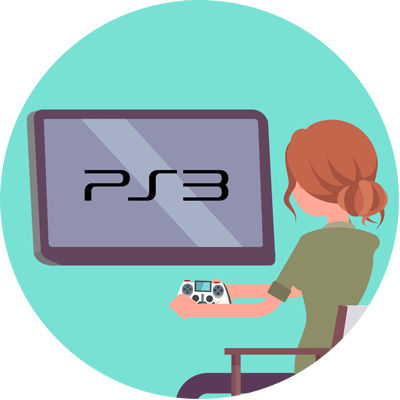“Every once in a while, a revolutionary product comes along that changes everything”. This was how Steve Jobs introduced the iPhone when it came to market in 2007. In saying this, it’s clear that Jobs had complete confidence the iPhone was going to do exactly that; change everything.
A decade later, and it remains the late visionary’s greatest legacy. iPhones started a smartphone revolution and whether you like it or not, play a monumental role in our daily lives. What exactly makes the iPhone so likeable? We put it down to four main reasons.

Design Aesthetics
At the time of the iPhone’s arrival in 2007, phones were by and large quite bulky and plasticky. When Steve Jobs stood up to present the all new iPhone, he began by knocking the physical keyboards and stylus that had come to characterize phones at the time – think Blackberry and Motorola. It’s fair to say that nothing memorable ever happens by following the crowd though. So, Jobs revealed the iPhone would have a touchscreen keyboard with only a ‘home’ button. Since then, the industry has never looked back. It’s now rare to see phones with a physical keyboard. Apart from this revolutionary design feature, the iPhones have always been beautiful to look at. Hold one in your hand and you immediately think ‘sleek, elegant and classy’. Very few would argue that there’s a better looking phone. And for this reason, the iPhone came to be somewhat of a status symbol. The impeccable design made the phones aspirational and trendy.
Effortless Integration
When Jobs first announced the iPhone in 2007 he introduced it as an amalgamation of three products; “a widescreen iPod with touch controls, a revolutionary mobile phone and a breakthrough internet communications device.” While in 2017 we may take it for granted that we’re able to stream our music, call our friends and surf the internet all on one device, in 2007 this was truly ground-breaking.
As well as the way Apple integrated three products into one, the way the iPhone integrates with the whole Apple ecosystem is also genius. Products such as the iPhone, Mac, iPod and iPad, work together seamlessly. For example, you can very easily AirDrop photos from your iPhone to Mac, or you can take calls and send texts from your Mac. The seamlessness of the Apple ecosystem is perhaps one of their main advantages; if you have an iPhone how likely are you to also have a Mac and/or an iPad because they are so compatible?
Usability
Undoubtedly, one of the most important characteristics in consumer technology is ‘usability’. How easy, intuitive, and painless is it to use an iPhone? Well, usability is often touted as one its key USPs. Naturally, usability isn’t easy to quantify as it is more or less subjective. Perceptive Sciences, a usability consulting firm, put the iPhone’s usability to the test as objectively as possible. Compared to a HTC and Nokia smartphone, the iPhone scored 4.6/5 compared to 3.4/5 and 3.2/5 respectively. Research scientist Tom Thornton said “testers were (typically) about twice as fast doing specific tasks on the iPhone”. So what makes the iPhone so usable? Most would point to its intuitive Operating System and its highly responsive touchscreen. From the original iPhone right up until more recent versions like the iPhone 8 and iPhone X, very little about the user interface has changed. Some people may like to see more change, but as the old adage goes ‘if it ain’t broke, don’t fix it’.
Camera Quality
The Apple iPhone’s camera has undoubtedly played an instrumental role in the Instagram world we now inhabit. With thanks to Apple introducing the front-facing camera, the ‘selfie’ was born and with the help of app phenomenons like Snapchat, we haven’t looked back. Many would say that the iPhone’s awesome cameras were also influential in Instagram’s rise. Now, Android phones like the Samsung Galaxy, LG G6, or the Google Pixel are of course packing impressive cameras. However, the iPhone often just has that extra bit of definition and colour. Let’s take the iPhone 6 versus the Samsung Galaxy S6. The S6 packs 16-megapixels compared to the iPhone’s 8-megapixels, but sometimes less is more. While Trusted Reviews acknowledge the S6 beats the iPhone 6 in some aspects like low-light shooting, they say the iPhone 6 beats the Galaxy S6 on simplicity and image quality. While some Android phones have more megapixels, Apple seems to make the most out of whatever its phones offer.
Are You an iPhone Fanatic?
In July 2016 it was announced that the Apple have sold 1 billion iPhones. Chances are that you own one or a few of the billion iPhones that have been sold. Do you think they are the best phones on the market? Or are you an Android advocate?
If you have any unwanted iPhones, whether it’s an iPhone 5S or an iPhone 6 Plus, Zapper will buy your iPhone whatever the model! It’s a great way to earn money. We’ll even give you free postage.

















